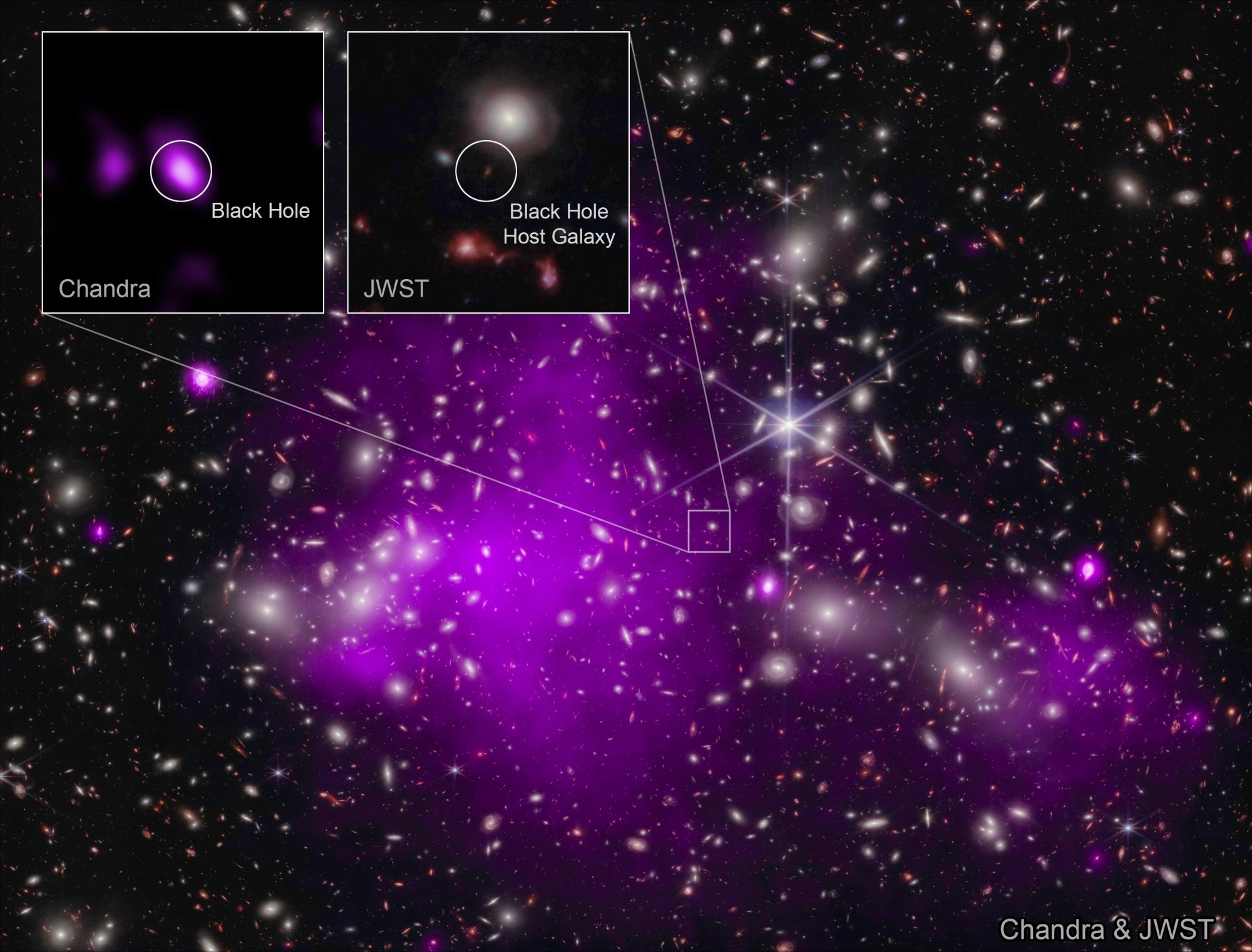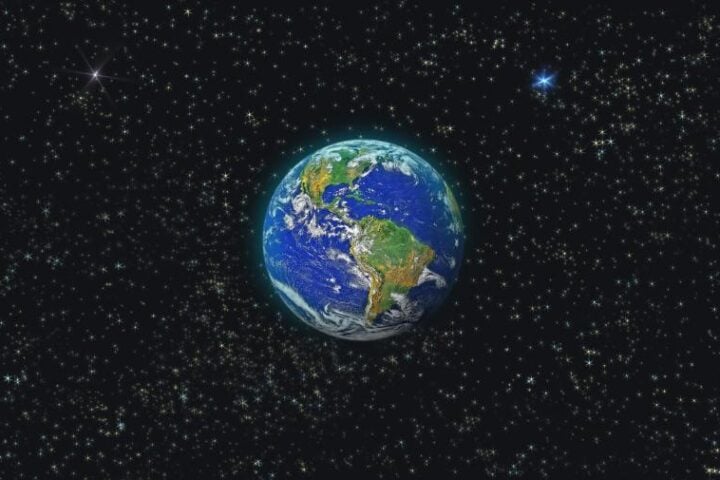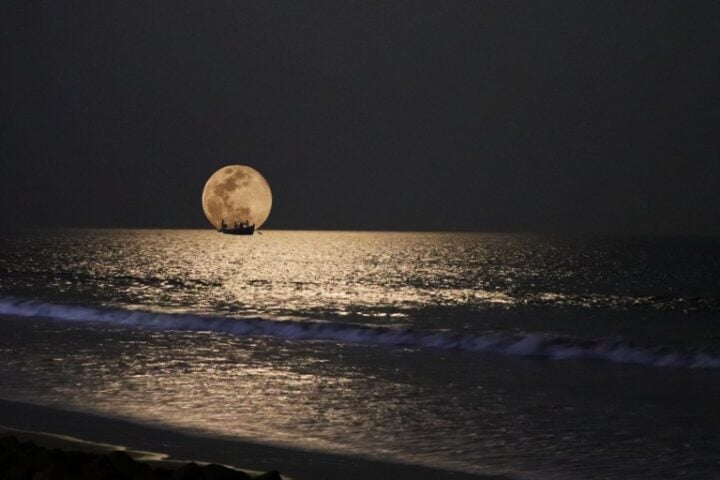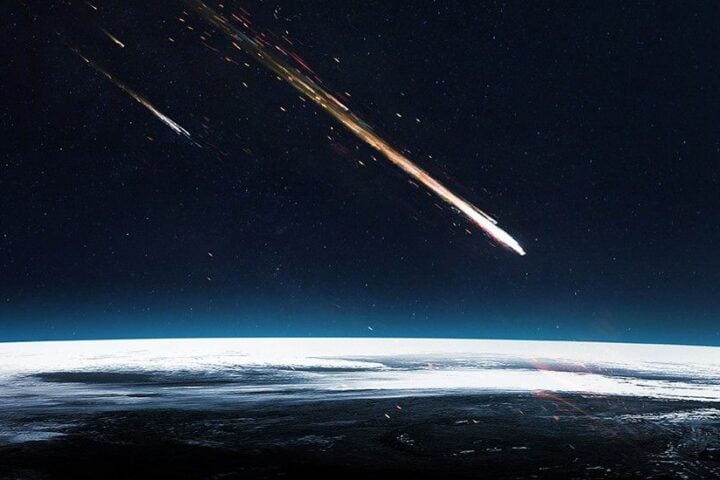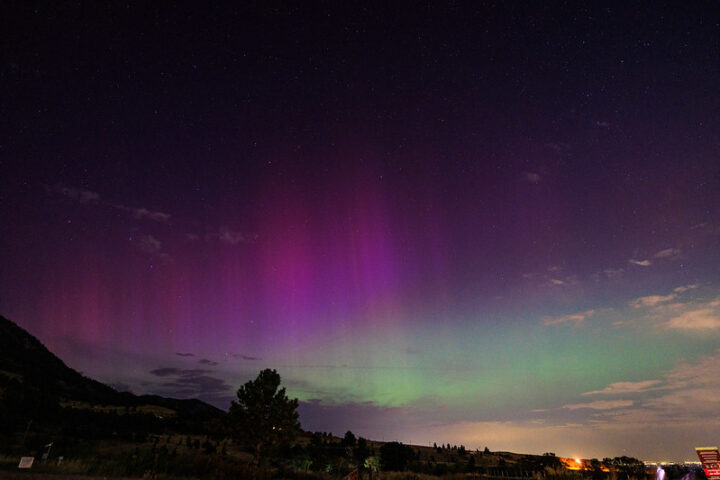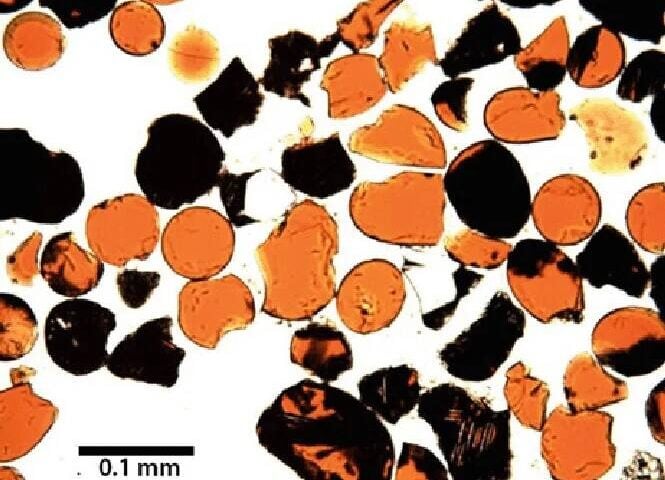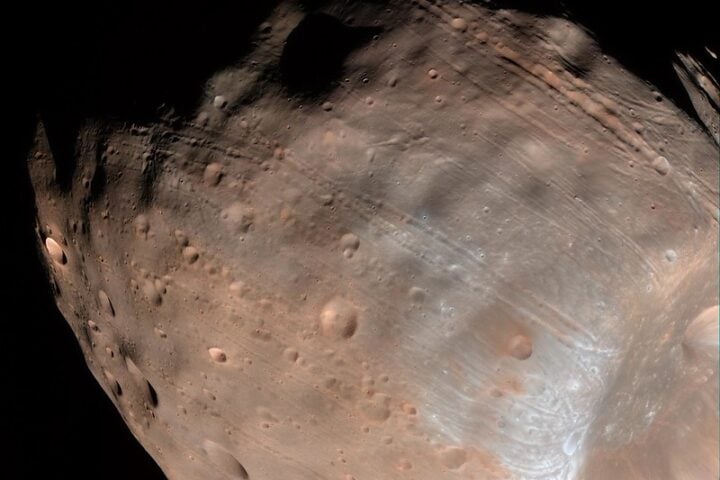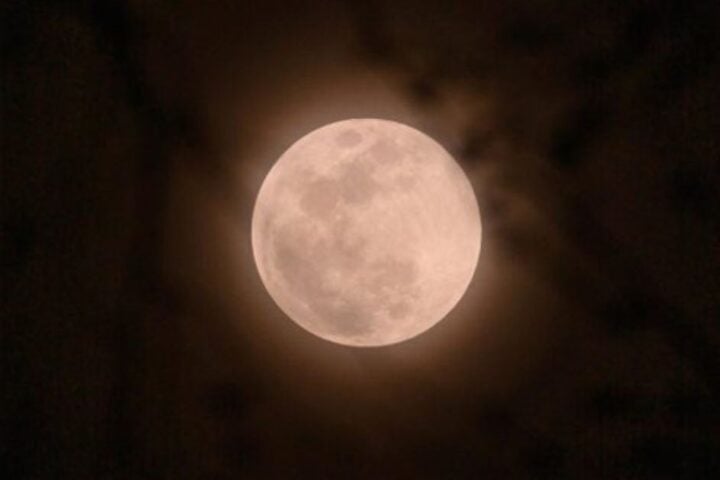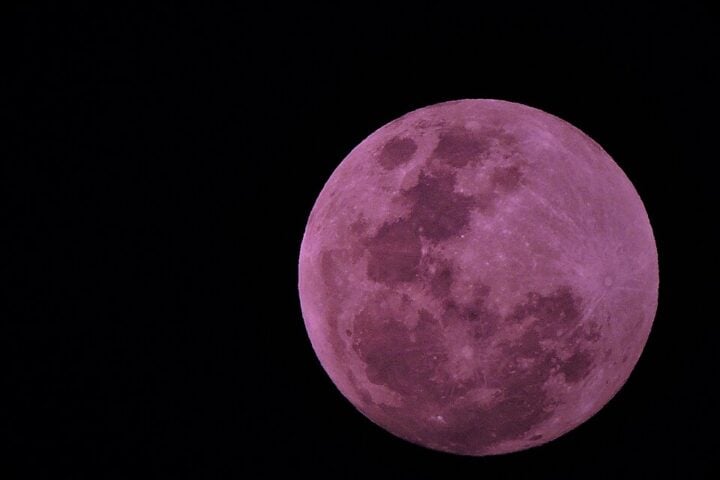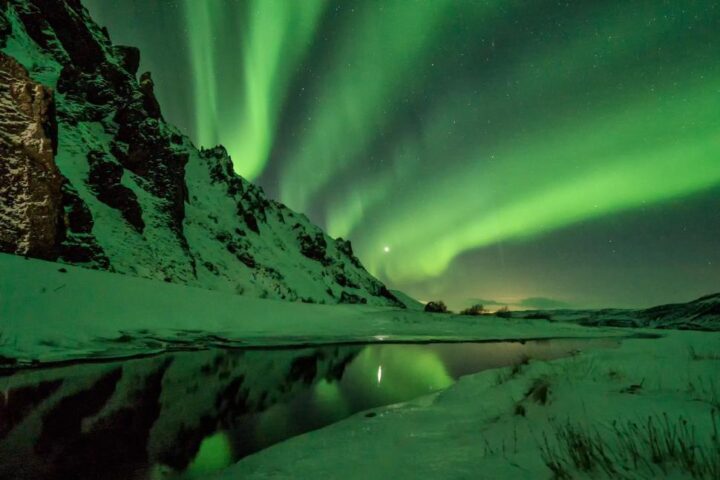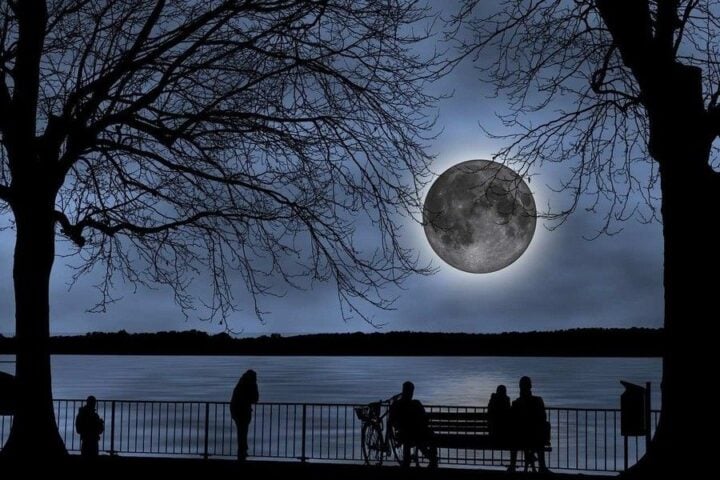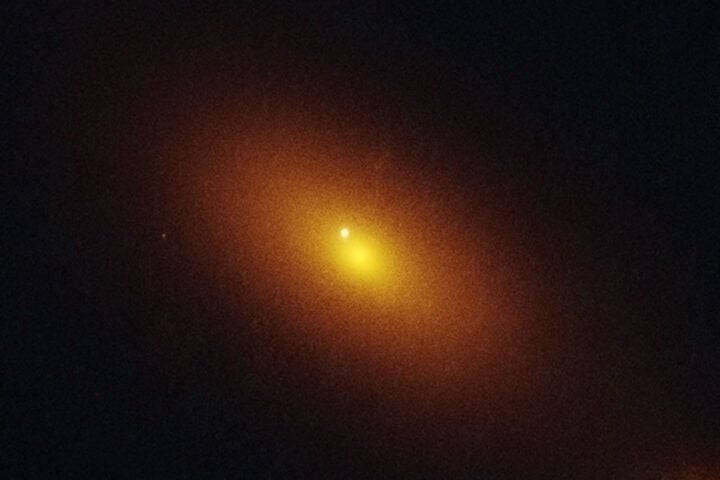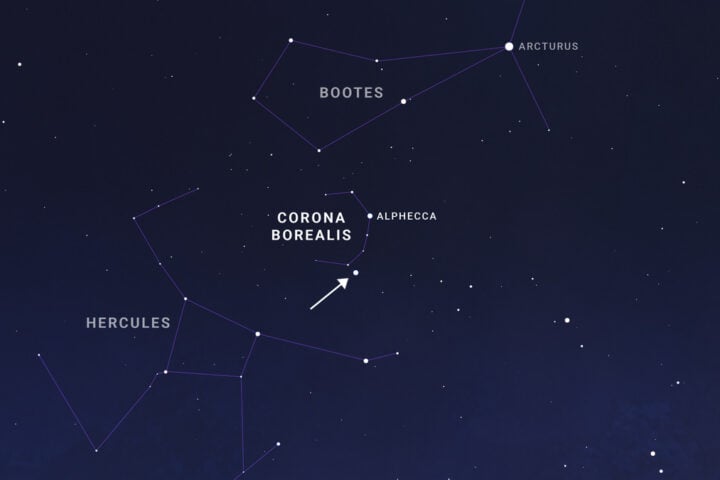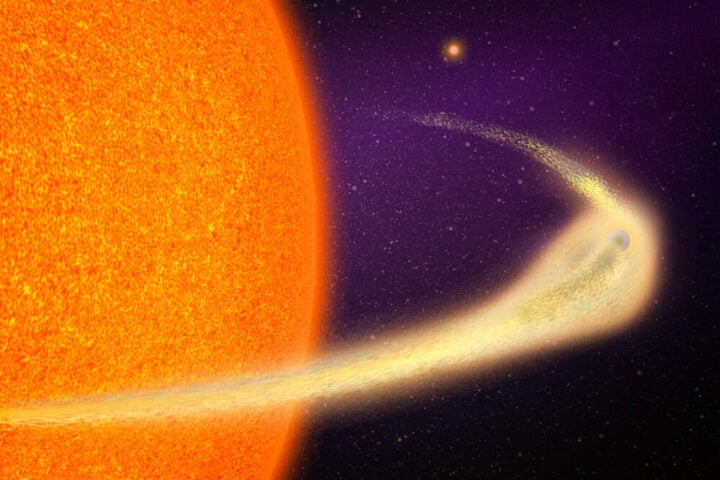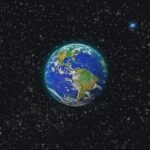Astronomers have hit a cosmic jackpot, spotting the most distant black hole ever seen in X-rays. This isn’t just any black hole—it’s a growing giant in its infancy, with a mass that matches its host galaxy. This heavyweight contender, named UHZ1, is a whopping 13.2 billion light-years from Earth, giving us a peek into the universe’s formative years, just 470 million years after the Big Bang.
The discovery was made possible by the tag-team effort of NASA’s Chandra X-ray Observatory and the James Webb Space Telescope. Chandra brought its X-ray vision to the table, while Webb’s keen infrared eyes were crucial in spotting the galaxy hosting this black hole. Akos Bogdan of the Center for Astrophysics | Harvard & Smithsonian (CfA) and his team published their findings in Nature Astronomy, revealing this black hole’s existence thanks to a cosmic quirk known as gravitational lensing. This natural phenomenon, acting like a magnifying glass, is courtesy of the galaxy cluster Abell 2744, which sits between us and UHZ1, amplifying the light by about four times.
The team’s observations showed that the black hole is a real powerhouse, with a mass between 10 and 100 million Suns. This is a stark contrast to the black holes at the centers of nearby galaxies, which are mere fractions of their host galaxy’s mass. Andy Goulding of Princeton University, a co-author of the study, likens the black hole’s rapid growth to planting a sapling instead of a seed—it’s got a head start in the race to become a cosmic giant.
Similar Posts
Andy Goulding from Princeton and Priyamvada Natarajan from Yale, part of the research team, are buzzing about the find. Natarajan’s prediction of a giant black hole forming straight from a gas cloud seems to be on the money. “We think that this is the first detection of an ‘Outsize Black Hole’ and the best evidence yet obtained that some black holes form from massive clouds of gas,” she says, and it’s a big clue that some black holes start from gas clouds.
The researchers are eager to use Webb and other telescopes to paint a broader picture of the early universe. They’re building on the legacy of NASA’s Hubble Space Telescope, which had previously shown how galaxy clusters like Abell 2744 can magnify distant galaxies.
The James Webb Space Telescope, leading the charge as the world’s premier space science observatory, is on a mission to solve cosmic mysteries. Alongside Webb, the Chandra X-ray Observatory continues to be an essential tool for high-energy astronomy. Managed by NASA’s Marshall Space Flight Center, with the Chandra X-ray Center at the helm for science and flight operations, these observatories are uncovering the secrets of our universe’s youth.
This discovery is a clear indicator of the collaborative power of observation and the potential to reveal the universe’s earliest secrets. As more data rolls in, we’re set to learn even more about the origins of supermassive black holes and their role in shaping galaxies.
